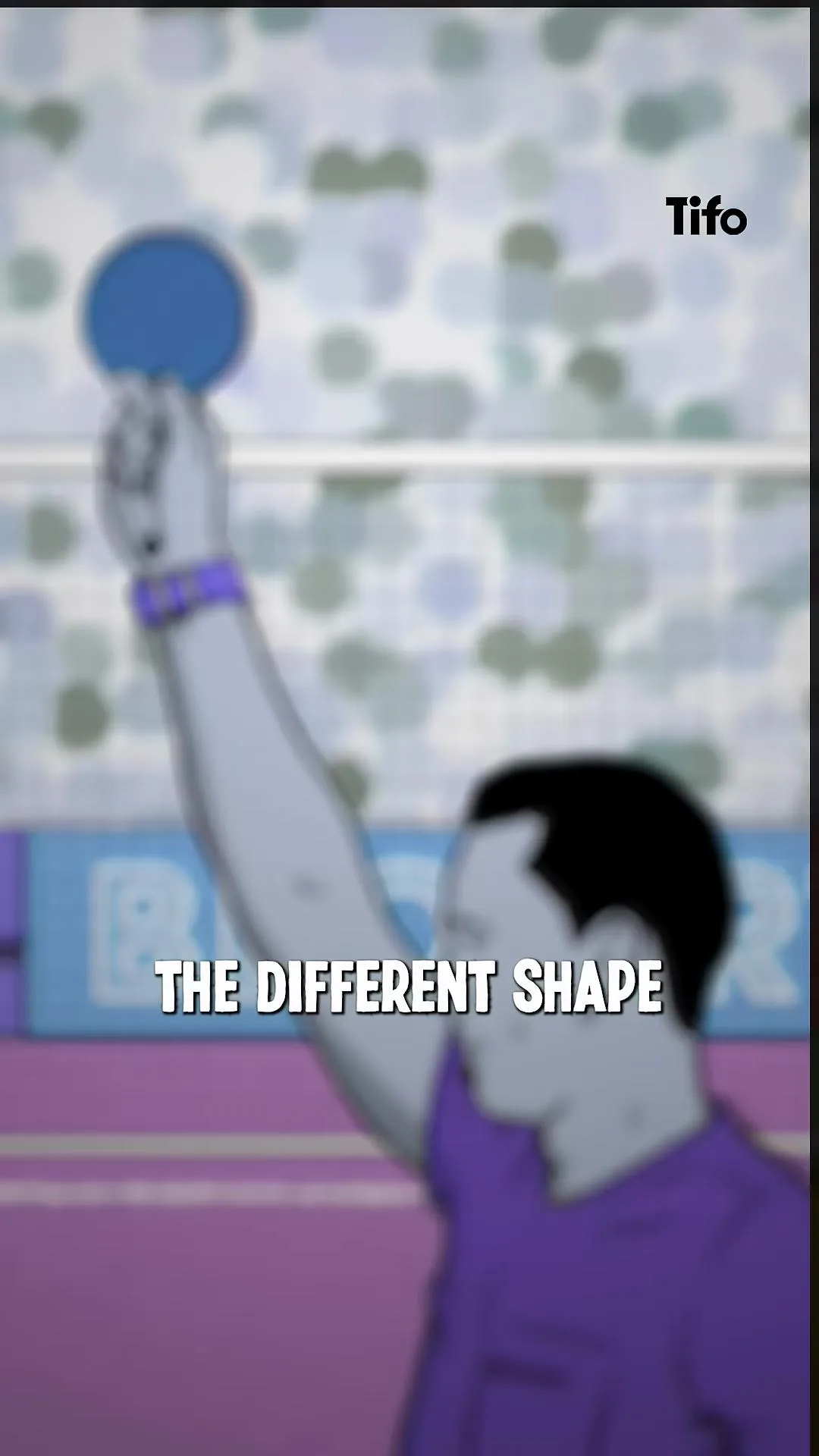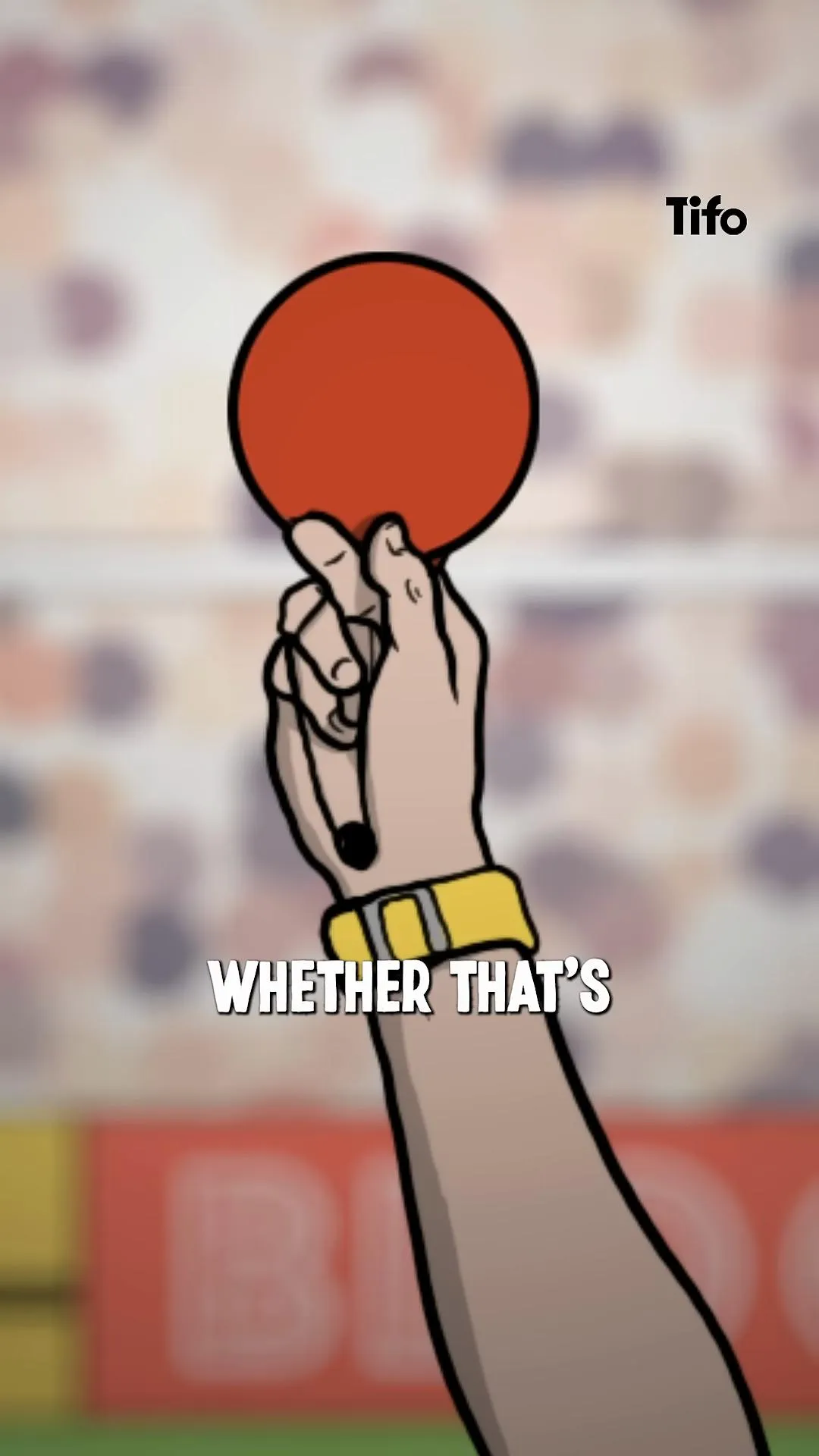Circular red cards may seem like an oddity in the world of soccer, but they have a compelling purpose. Why do some referees choose to use circular red cards instead of the traditional rectangular ones? Are there specific rules governing their use, or is it purely a matter of referee preference? In this article, we will explore the reasons behind the use of circular red cards, their benefits, and how they contribute to a better understanding of the game for everyone involved.
As we delve into this topic, it’s essential to consider how these unique cards affect players, referees, and spectators alike. What advantages do circular red cards offer to those with visual impairments? How do they simplify the refereeing process? By answering these questions, we will uncover the practicalities behind this rare yet fascinating aspect of soccer officiating.
Circular Red Cards: An Overview
The use of circular red cards is not governed by any formal rule in soccer. Instead, they are a matter of personal choice for the referee. The rarity of these cards makes them a topic of intrigue among fans and officials alike. Let’s explore the two primary reasons why some referees opt for circular red cards over the traditional rectangular format.
Better Visibility for All
One of the main advantages of circular red cards is their potential to improve visibility for players and spectators with visual impairments. For individuals who are colorblind or have other vision-related challenges, distinguishing between different card types can be difficult. The distinct shape of circular cards can help alleviate this issue:
- Shape Recognition: The unique circular shape makes it easier for those with impaired vision to identify the card being shown.
- Clear Differentiation: Viewers at home on television can also benefit, as the shape change can make it more apparent when a player is being sent off.
Convenience for Referees
Another significant reason referees might choose to use circular red cards is convenience. Referees, like players, can also experience color blindness, which makes distinguishing between card types crucial. Having a different shape allows referees to:
- Quickly identify which card to show without fumbling through their pockets.
- Avoid any potentially embarrassing moments where the wrong card is displayed.
Examples of Circular Red Cards in Action
Although circular red cards are rare, they do make appearances in various matches. For instance, during a notable game in the lower leagues, a referee opted to use a circular card to send off a player. This decision sparked discussion among fans and players alike, highlighting the practicality behind it. These moments showcase the adaptability of refereeing as it evolves with the needs of the game.
Impact on the Game Experience
Using circular red cards contributes to a more inclusive environment in soccer, ensuring that everyone involved, from players to spectators, can engage with the game effectively. This practice not only helps visually impaired individuals but also emphasizes the importance of referee choices that enhance overall game experience.

The Psychology Behind Referee Choices
The choice of using a circular red card can also reflect a referee’s understanding of the game and its participants. Some referees may feel that by adopting a circular card, they are making a statement on inclusivity and awareness of the diverse needs of players and fans. This choice can also lead to a more positive perception of the referee’s authority and approachability.
Referees and Their Decision-Making
Decisions made by referees can be heavily influenced by their training and personal experiences. It’s essential to recognize how their backgrounds can affect their officiating style:
- Training Programs: Referees often undergo extensive training, where they learn about various methods to improve game flow and communication.
- Peer Influence: Experienced referees may mentor newcomers, sharing insights on the benefits of using circular cards.
Community Discussions on Circular Red Cards
The topic of circular red cards has sparked lively discussions within the referee community. For example, platforms like Reddit and RefChat host debates about the practicality and effectiveness of using circular cards. These discussions provide valuable insights into the experiences of referees and their opinions on game officiating.

The Future of Circular Red Cards in Soccer
As soccer continues to evolve, the potential for wider adoption of circular red cards may increase. With growing awareness of inclusivity and accessibility, more referees might consider using this option in their officiating toolkit. The conversation surrounding the use of circular cards may also lead to further innovations in how officiating is approached, ensuring that everyone involved in the game can participate fully.
Adapting to Change
In a sport that values tradition, the introduction of circular red cards might seem unconventional. However, the dialogue around them indicates a willingness to adapt and improve. The future of soccer officiating may very well include more diverse tools and methods to enhance the game for all participants.
Encouraging Inclusivity in Sports
Ultimately, the broader implications of using circular red cards highlight the importance of inclusivity in sports. As more officials recognize the value of accommodating diverse needs, the overall experience for everyone involved can be significantly enhanced, leading to a more unified community around the sport.
As we move forward, embracing such innovations will be crucial in making soccer a more welcoming space for everyone, regardless of their abilities. By understanding the rationale behind circular red cards, we can appreciate the nuances of officiating and the thoughtful decisions that contribute to the beautiful game.
